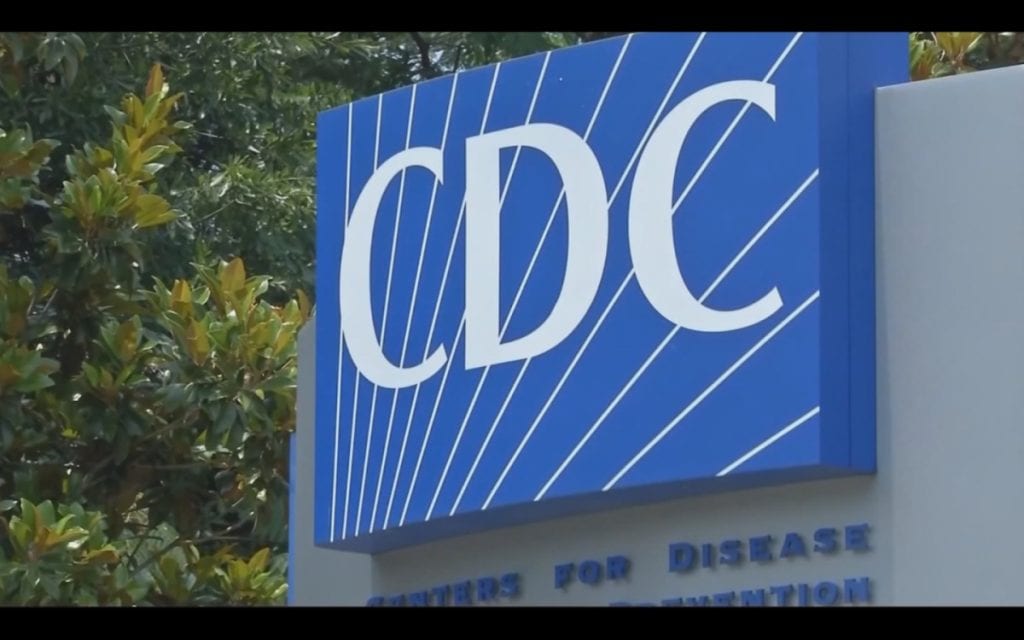CDC Agrees to Add Disclaimer to Lyme Disease Case Definition

The Centers for Disease Control and Prevention (CDC) has agreed to add a disclaimer to the surveillance case definition for Lyme disease.
The disclaimer says that the definition is “not intended to be used by healthcare providers for making a clinical diagnosis or determining how to meet an individual patient’s health needs.”
According to a July 16 letter from Lyle Peterson, MD, Director of the CDC Division of Vector-Borne Diseases, this change is being implemented on “all individual case definition pages, including the 2017 Lyme disease case definition page.”
This action followed an Information Quality Request for Correction complaint filed by the Patient Centered Care Advocacy Group on May 20.
According to the complaint, a disclaimer is needed because many healthcare providers incorrectly rely on the surveillance case definition of Lyme disease for diagnosis.
This results in large numbers of patients who are misdiagnosed and denied medically necessary treatment and insurance coverage. Lack of early diagnosis prevents patients from getting early treatment that improves the likelihood they will recover completely.
Surveillance definition
The CDC disclaimer states:
“A surveillance case definition is a set of uniform criteria used to define a disease for public health surveillance. Surveillance case definitions enable public health officials to classify and count cases consistently across reporting jurisdictions. Surveillance case definitions are not intended to be used by healthcare providers for making a clinical diagnosis or determining how to meet an individual patient’s health needs.”
According to the case definition for Lyme disease, most patients must either have an erythema migrans rash (EM, also known as a bull’s-eye rash) or test positive on a two-tier blood test according to a narrow threshold.
Yet many patients never get a rash, and a systematic meta-analysis of published data shows the mean sensitivity of two-tier test to be only 35.4% in the acute stage and 64.5% in the convalescent stage, with an overall sensitivity of 59.5%.
According to the complaint, the unreliability of the two-tier test is compounded by widespread misconception by healthcare providers and insurers that patients must test positive according to the surveillance criteria to confirm they have a legitimate case of Lyme disease.
“The disclaimer is a step in the right direction,” said Bruce Fries, President of the Patient Centered Care Advocacy Group. “But a lot more needs to be done to educate healthcare providers that the two-tier test is unreliable and the case definition should not be used for interpret it for diagnosis. CDC has been encouraged by Congress as far back as 2002 to aggressively pursue and correct the misuse of the definition. Unfortunately, however, little was done and the case definition continues to be misused.”
Click here to read the request for correction.
Click here to read the CDC’s response.
SOURCE OF PRESS RELEASE: Patient Centered Care Advocacy Group




















We invite you to comment on our Facebook page.
Visit LymeDisease.org Facebook Page